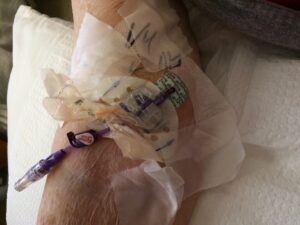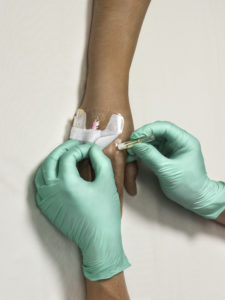The public health burden associated with hospital-acquired infections is substantial and includes increased morbidity and mortality, increased length of hospital stay, and increased costs. It is well known that CRBSIs are associated with increased morbidity and mortality.
Raad et al published an attributable mortality rate of 12% to 25% in the critical care patient population that experiences catheter-related bacteremia,2 and the CDC has estimated approximately 71,900 CLABSIs occur in the US each year.1 The excess costs associated with each incidence of CLABSI ranges up to $46,685.3 Additional estimates place the total economic burden of CLABSIs in the US at approximately $2 billion.10










